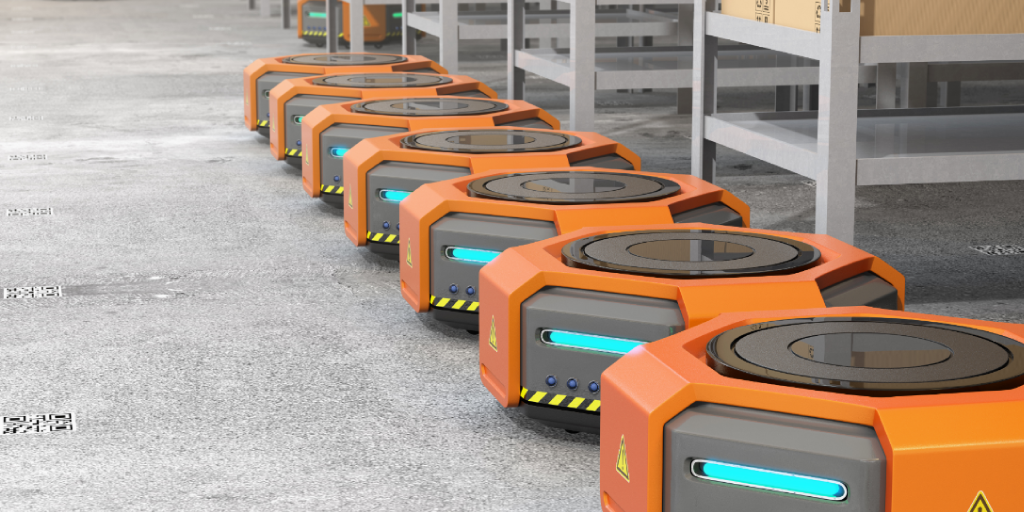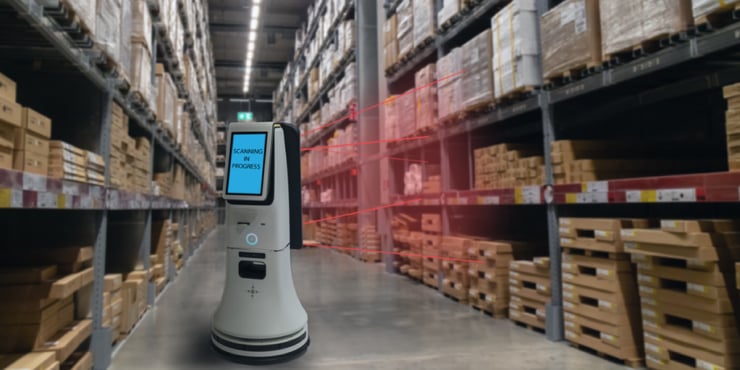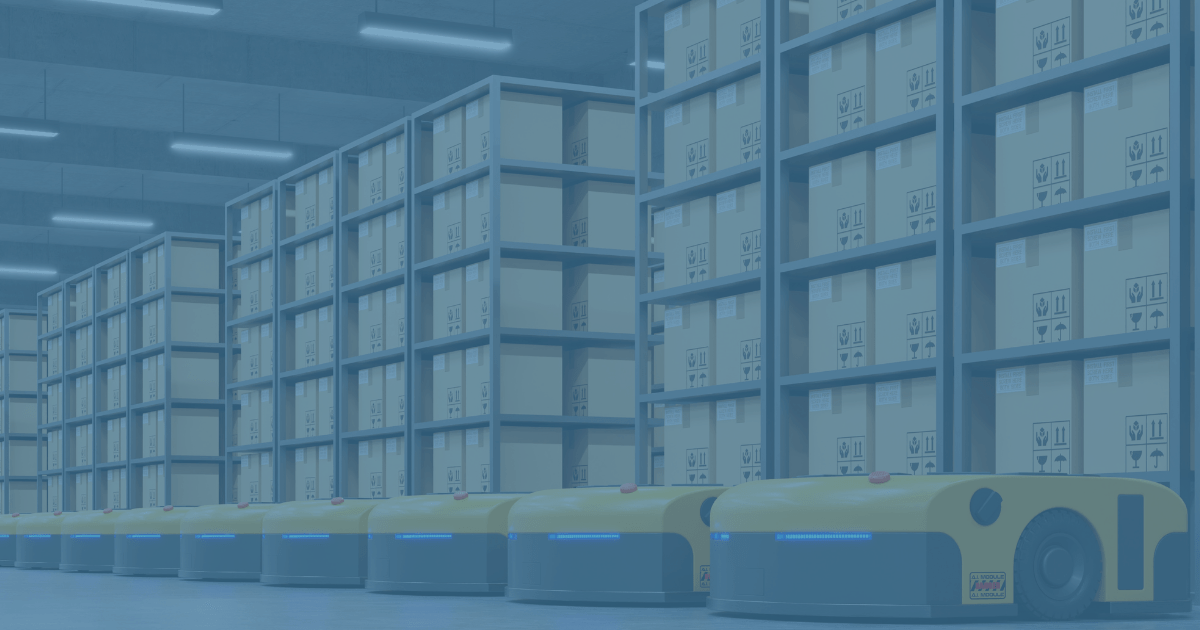3 Tips For Digitizing Your Shipping & Supply Chain
The pandemic is forcing many shippers to implement tools to improve buying and selling predictability. Digitizing supply chains, a trendy term before...

Warehouse automation comes in many forms, from automated storage and retrieval systems to robots and AMRs. In this post, we consult logistics experts for their tips on automation.
Automating your facility involves expensive up-front costs, but overall benefits include increasing productivity and accuracy and reducing labor and safety issues.
Red Stag Fulfillment's Marketing VP Jake Rhuede shares his thoughts:
"The higher your production volume, the more useful automation is, right? At least, that’s the conventional wisdom. For some warehousing facilities, this makes the most sense.
Deploying drones to scale the highest shelving units and take inventory, using AMRs for picking and moving products across the floor, or building automated parcel conveyor systems can lighten the load on human workers and, in some cases, replace them outright."
Engineer and Senior Logistics Manager Charlotte Robinson points out that seasonal demands are made easier with automation:
"Having easy-to-learn automation systems in place helps companies that rely on seasonal labor deal with seasonal peaks. The ability to quickly bring temporary workers up to speed on a process and a system allows them to be that more productive, faster, and with fewer mistakes."

Old-school manual processes still dominate logistics. So what stops many high-volume shippers from automating? Robinson starts the discussion:
"Irrespective of the growth of tech, there is still an inertia among those in the logistics business – an inability to leave behind the familiar."
A "don't fix what isn't broken" mentality, and of course, capital expenditure tops the list of what holds businesses back from adopting modern processes.
Mid Florida Material Handling VP Andrea Ahern says:
"The initial capital cost of equipment and engineering for an automated warehouse is incredibly high. When you're looking at AS/RS (automated storage and retrieval systems), pallet shuttles and other robotics, the cost can be 2x - 10x the cost of a traditional system.
Often it's easy to prove the return through labor savings and storage-density improvements, but a lot of companies still don't have enough capital to commit."
Rhuede adds to this saying:
"The challenge with automation is that the investment is much more capital intensive than simply hiring human workers. Robotics and other automated equipment come with a higher price tag that doesn’t necessarily work out in the long run, especially because new innovations in robotics mean that next-gen technology may be obsolete within five years.
Facilities that invest in automation now may be ahead of the curve for a couple years, but may be at a disadvantage in the years following. The cost of updating or replacing this equipment may be too steep to justify."

So what advice do the experts have for us on rolling out warehouse automation?
Conex Boxes Cofounder Teri Shern gets us started:
"Many companies don’t realize just how complex and confusing the implementation process can be, which can result in a failed roll-out plan.
It’s important to take on a holistic approach to the implementation process which actually involves your employees first before you rely more heavily on the use of the technology alone.
Remember, automation technology shouldn’t be used to replace employees entirely, but should be a method to mitigate issues and stand in when employees might be struggling to keep up. If you take on a holistic approach to implementation, you’re going to more easily keep up with demand and run a more efficient supply chain."
Ahern adds her thoughts on the project management side of implementation:
"Depending on the size and complexity of the facility, launching an automated warehouse is a huge, potentially multi-year, project. Implementing new solutions and tech without impacting current output or causing downtime is always a challenge. The project management team needs to be on top of everything."
Rhuede rounds out the discussion by pointing out there are times when automation does not best serve your business:
"Red Stag Fulfillment has experienced a tremendous leap in demand for our fulfillment services because of the growth of eCommerce over the past four quarters. We’re investing in a massive facilities expansion at our headquarters in Tennessee, as well as exploring a new west coast fulfillment center that would put us within same-day reach of customers in the entire state of California.
To us, a smarter approach is to expand your warehouse footprint rather than expand outlay into equipment. I should add one last caveat, which is that our business focuses on clients that ship oversize and heavy parcels -- many of which are too bulky or fragile to be handled by robots -- this means our company is not a good candidate for automated facilities. If we mostly worked with online t-shirt companies or other types of lightweight product sellers, the calculus would be different."
Automation is expensive and complicated, so you need to plan carefully and manage your implementation well. To start, consider hiring a consultant to evaluate your processes to help determine what (if any) automation will best serve your warehouse needs and business goals—or what steps you need to take to get ready for automation.
From there, determine how you can scale the implementation project and put someone (or a team) in charge of the project right from the start.
We've just released our ebook bundle Integrations and Digitizing Logistics.
Learn how to meet your business goals through technology and software integrations that:

The pandemic is forcing many shippers to implement tools to improve buying and selling predictability. Digitizing supply chains, a trendy term before...
FPOP_050823.png)
Meet Randy Neilson, President of Cubiscan, which produces advanced dimensioning and weighing systems designed to increase efficiency and...

Unfortunately, it is very easy to waste money deploying autonomous mobile robots (AMRs). We ask the experts how you can best prepare and roll out...